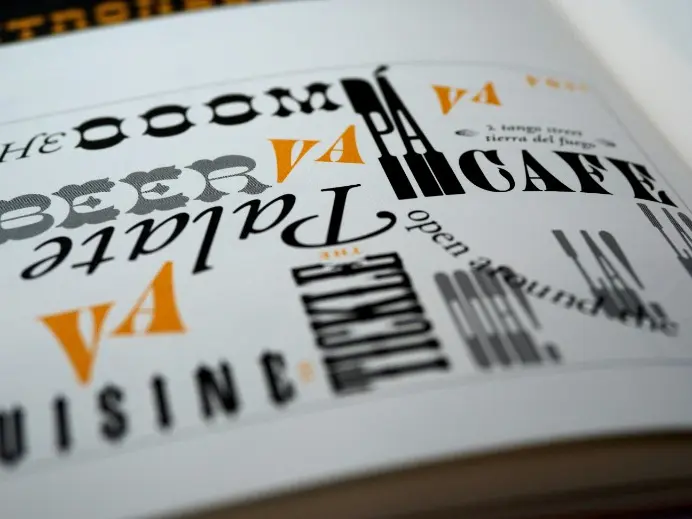Understanding Typography in Web Design
Typography plays a crucial role in web design, affecting both the aesthetics and functionality of a website. It encompasses font selection, spacing, sizing, and arrangement, all of which contribute to the readability and visual appeal of content. By understanding the principles of typography, designers can create websites that effectively communicate their message and engage users.

Importance of Font Selection
The choice of fonts sets the tone for a website and influences how the content is perceived. Serif fonts convey tradition and professionalism, while sans-serif fonts are often associated with modernity and simplicity. Designers must consider factors such as readability, brand identity, and target audience when selecting fonts for a website.
Maintaining Readability and Accessibility
Ensuring that text is easy to read is paramount in web design. Factors such as font size, line spacing, and contrast between text and background can significantly impact readability. Designers should prioritize accessibility by choosing fonts and styles that are legible for users with visual impairments.
Utilizing Hierarchy and Emphasis
Typography allows designers to establish a hierarchy of information, guiding users through the content and highlighting key messages. By varying font sizes, weights, and styles, designers can create visual contrast and emphasize important elements such as headings, subheadings, and calls to action.
Incorporating White Space and Alignment
White space, or negative space, is essential for creating balance and clarity in web design. Proper alignment of text and other elements improves readability and enhances the overall visual appeal of a website. Designers should use white space strategically to reduce clutter and draw attention to essential content.
Experimenting with Typography Trends
Web design trends in typography continually evolve, reflecting changes in technology, aesthetics, and user preferences. Designers can experiment with techniques such as variable fonts, expressive typography, and kinetic typography to create unique and engaging user experiences.